Nima Shoaie
Advisor: Lancelot Coar
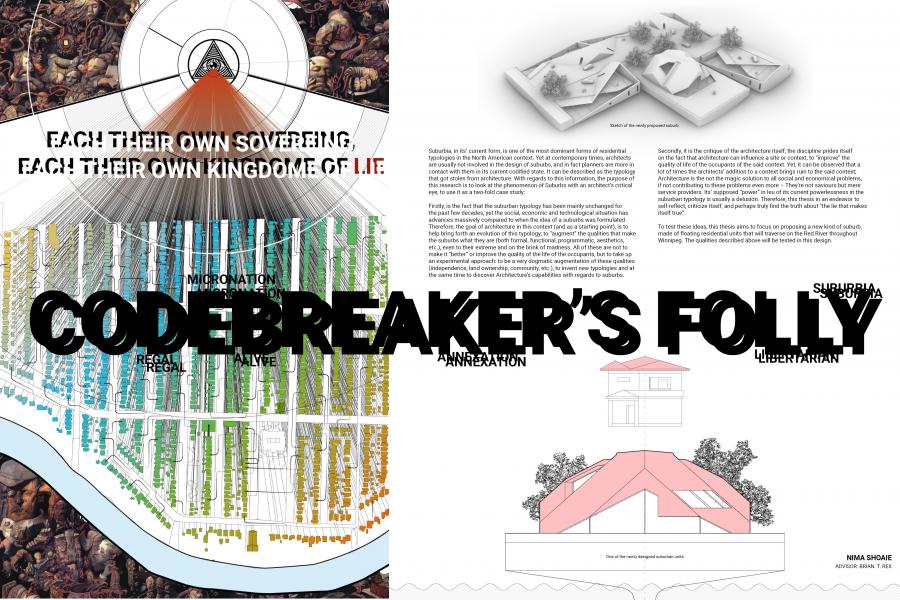
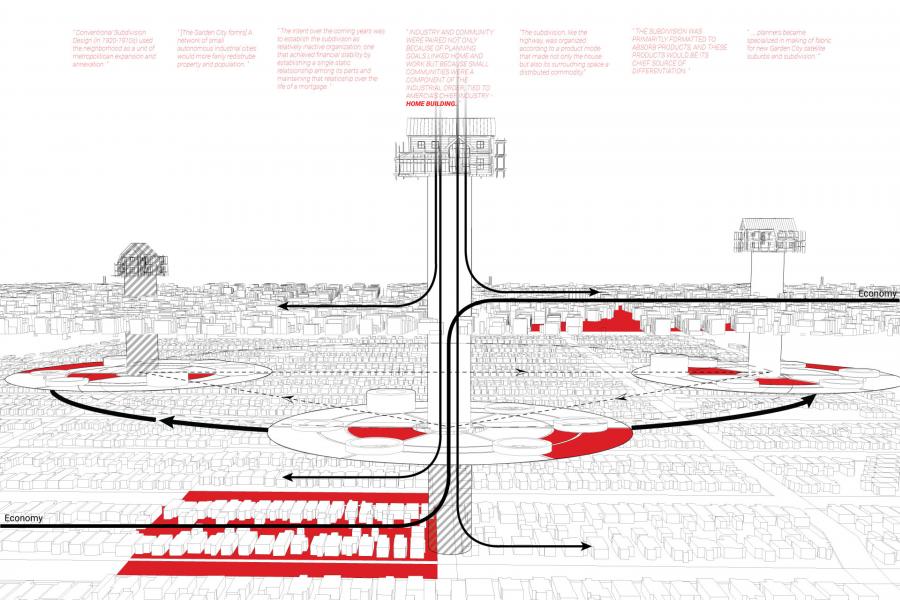


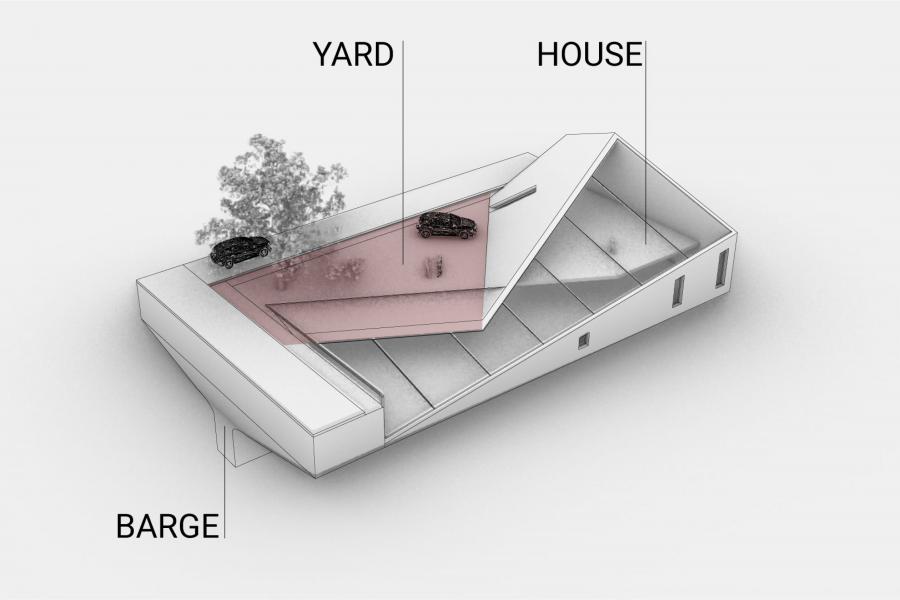
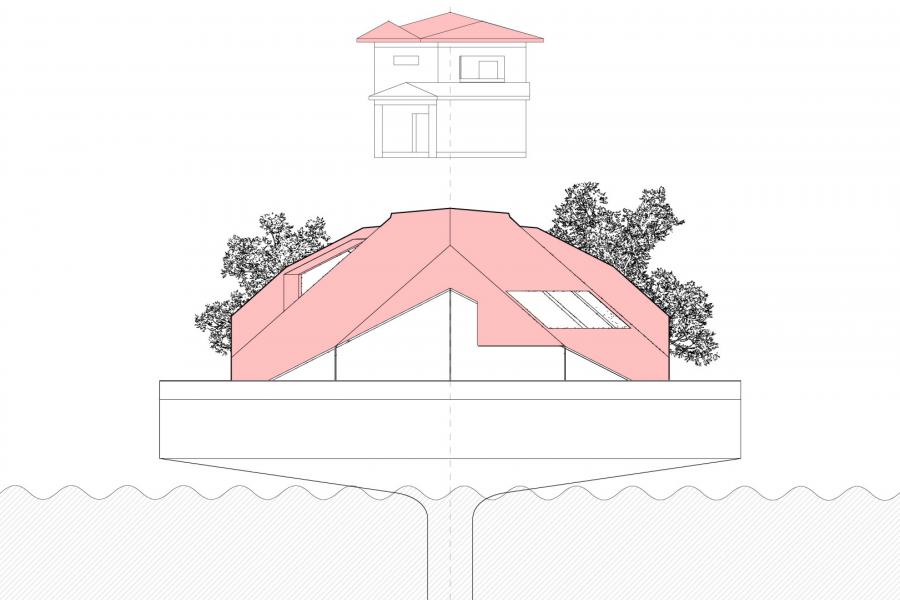
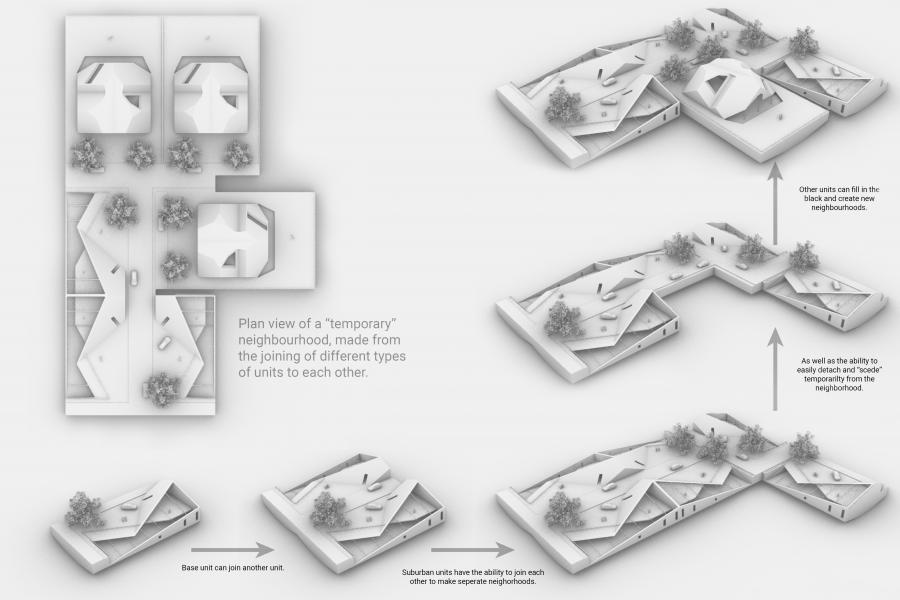
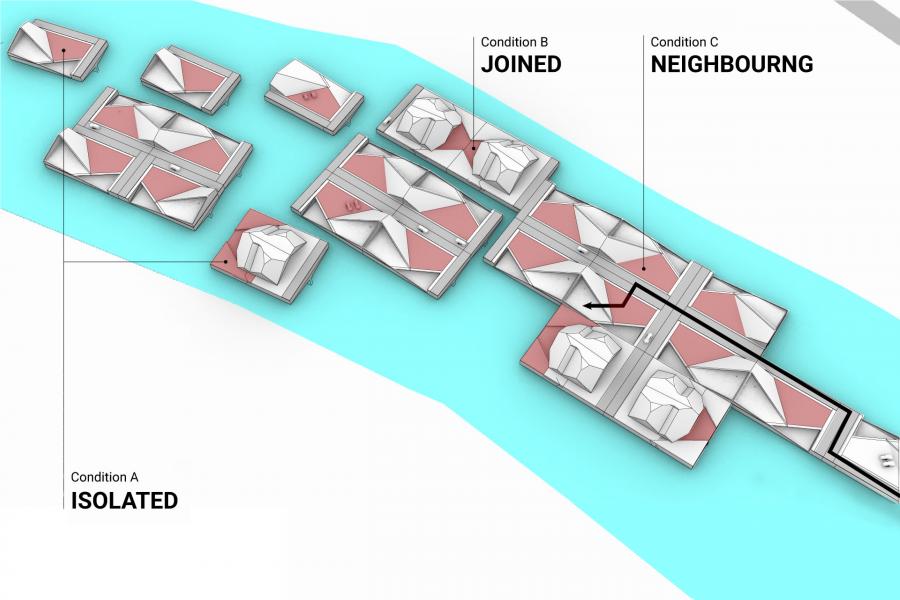
Codebreaker's Folly
Suburbia, in its’ current form, is one of the most dominant forms of residential typologies in the North American context. Yet at contemporary times, architects are usually not involved in the design of suburbs, and in fact planners are more in contact with them in its current codified state. It can be described as the typology that got stolen from architecture. With regards to this information, the purpose of this research is to look at the phenomenon of Suburbs with an architect’s critical eye, to use it as a two-fold case study:
Firstly, is the fact that the suburban typology has been mainly unchanged for the past few decades, yet the social, economic and technological situation has advances massively compared to when the idea of a suburbs was formulated. Therefore, the goal of architecture in this context (and as a starting point), is to help bring forth an evolution of this typology; to “augment” the qualities that make the suburbs what they are (both formal, functional, programmatic, aesthetics, etc.), even to their extreme and on the brink of madness. All of these are not to make it “better” or improve the quality of the life of the occupants, but to take up an experimental approach: to be a very dogmatic augmentation of these qualities (independence, land ownership, community, etc.), to invent new typologies and at the same time to discover Architecture’s capabilities with regards to suburbs.
Secondly, it is the critique of the architecture itself; the discipline prides itself on the fact that architecture can influence a site or context, to “improve” the quality of life of the occupants of the said context. Yet, it can be observed that a lot of times the architects’ addition to a context brings ruin to the said context; Architecture is the not the magic solution to all social and economical problems, if not contributing to these problems even more – They’re not saviors but mere service providers. Its’ supposed “power” in leu of its current powerlessness in the suburban typology is usually a delusion. Therefore, this thesis in an endeavor to self-reflect, criticize itself, and perhaps truly find the truth about “the lie that makes itself true”. To test these ideas, this thesis aims to focus on proposing a new kind of suburb, made of floating residential units that will traverse on the Red River throughout Winnipeg. The qualities described above will be tested in this design.
